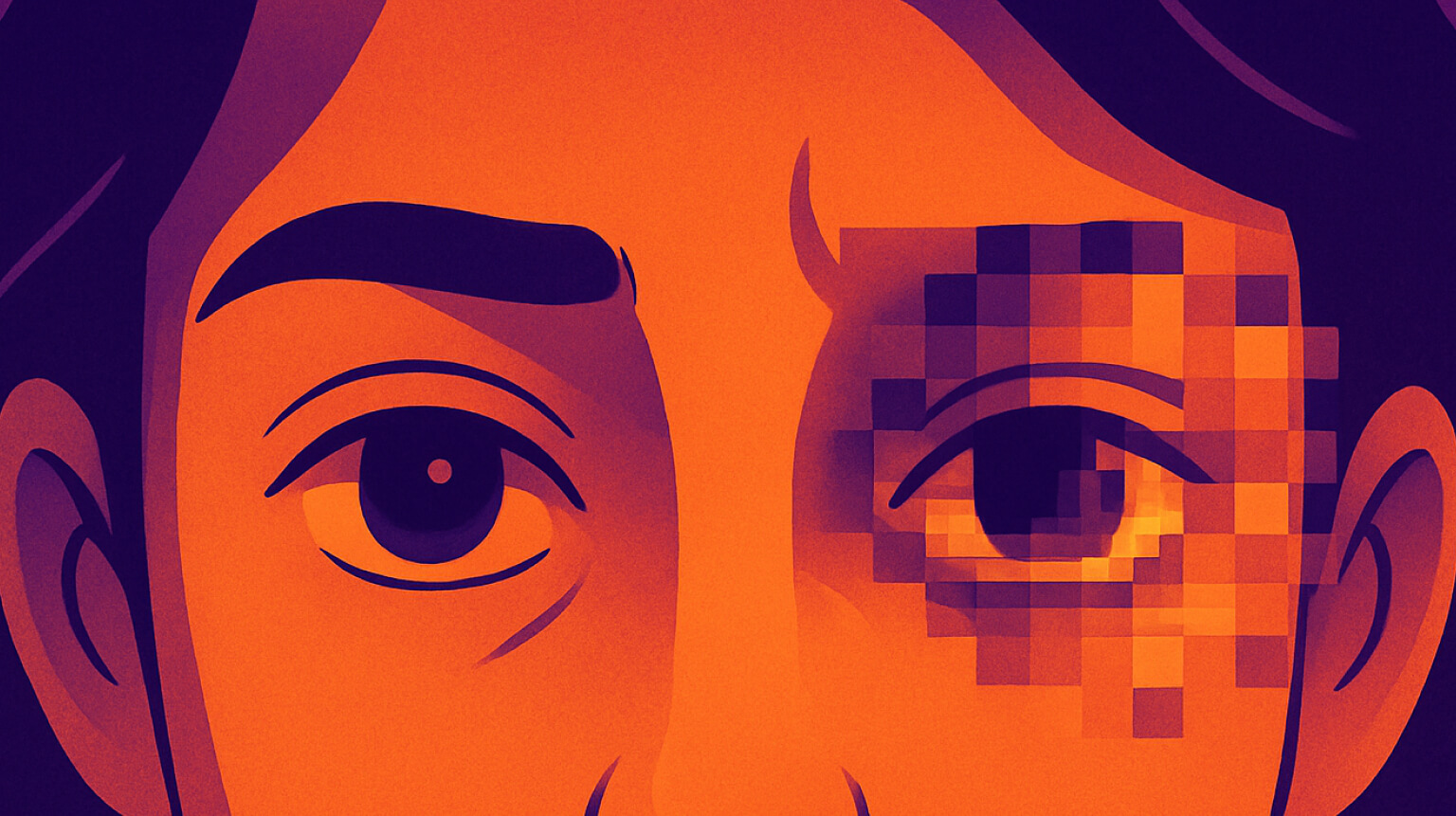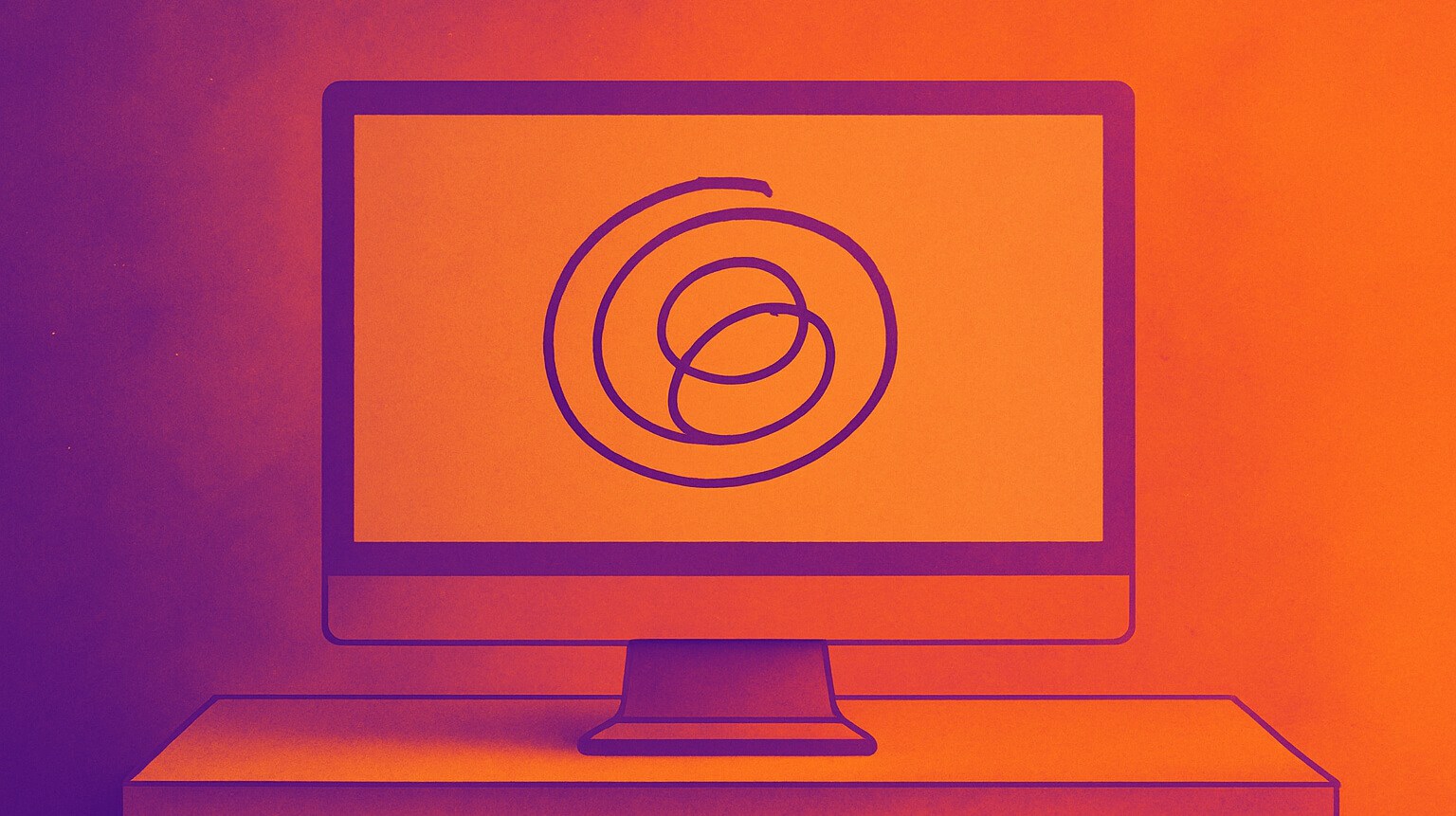Maria, a software developer from Seattle, dismissed her afternoon headaches and blurry vision as normal parts of her job. "Everyone gets tired eyes from coding," she reasoned, continuing her 10-hour daily screen sessions without breaks. It wasn't until her symptoms persisted into weekends—when she wasn't using computers—that she realized something more serious was happening. A visit to her eye doctor revealed severe digital eye strain that was affecting her tear production and requiring immediate intervention.
Maria's experience highlights a critical gap in understanding digital eye strain symptoms. While 78% of adults now experience some form of computer-related eye discomfort, many dismiss warning signs as inevitable consequences of modern work. However, recognizing the difference between mild, temporary strain and symptoms requiring professional attention can prevent long-term vision problems and significantly improve daily comfort and productivity.
Understanding Digital Eye Strain Symptoms
Digital eye strain, medically termed Computer Vision Syndrome, encompasses a cluster of symptoms that develop from prolonged use of computers, smartphones, tablets, and other digital devices. Unlike simple tiredness, these symptoms result from specific physiological changes that occur when our visual system is overworked by screen-based tasks.
Primary digital eye strain symptoms include dry, irritated eyes, blurred vision, headaches, neck and shoulder pain, and difficulty focusing. According to research from the American Academy of Ophthalmology, these symptoms can begin after just two hours of continuous screen use, with severity increasing dramatically with extended exposure.
The mechanics behind these symptoms involve multiple visual system stress points. Accommodative fatigue occurs when the muscles controlling lens focus become exhausted from maintaining constant near-vision focus. Convergence strain develops as the muscles coordinating eye alignment struggle with prolonged close-up work. Tear film instability results from decreased blink rates—dropping from a normal 15-18 blinks per minute to just 3-7 during screen use.
Secondary symptoms often accompany the primary eye-related discomfort. Tension headaches, neck stiffness, and upper back pain frequently develop from poor posture while viewing screens. Research published in the Indian Journal of Ophthalmology shows that 67% of people with digital eye strain also experience musculoskeletal symptoms, creating a cycle where physical discomfort exacerbates eye strain and vice versa.
What makes digital eye strain symptoms particularly challenging is their progressive nature. Initial mild discomfort often goes unnoticed or is attributed to general fatigue. However, symptoms compound over time, eventually impacting work productivity and overall quality of life. Understanding this progression helps identify when intervention is necessary.
Research from Cedars-Sinai Medical Center indicates that digital eye strain symptoms can persist for hours after screen use ends, distinguishing them from simple fatigue. This persistence often signals that the visual system requires active recovery rather than passive rest.
When Common Symptoms Become Concerning
Most digital eye strain symptoms are temporary and resolve with appropriate rest and environmental adjustments. However, certain warning signs indicate when professional evaluation becomes necessary, as these may signal underlying eye conditions or severe strain requiring medical intervention.
Persistent blurred vision represents the most significant red flag among digital eye strain symptoms. While temporary blurriness immediately after screen use is common, vision that remains unclear after 30 minutes of rest, or distance vision problems that persist into the following day, may indicate accommodative spasm or other focusing disorders requiring professional treatment.
Severe dry eye symptoms warrant medical attention when they include persistent burning, foreign body sensation, or excessive tearing. According to Mayo Clinic research, these symptoms can indicate underlying dry eye disease that digital device use has exacerbated, potentially requiring prescription treatments or specialized dry eye therapy.
Frequent severe headaches occurring daily or multiple times per week during screen use may signal uncorrected vision problems or significant eye muscle strain. The Cleveland Clinic reports that headaches accompanying digital eye strain often originate from the eye area and may indicate that current vision correction is inadequate for computer work distances.
Light sensitivity developing during or after screen use, particularly sensitivity to normal indoor lighting, can indicate corneal irritation or other surface eye problems. This symptom often accompanies severe dry eye and may require immediate professional evaluation to prevent corneal damage.
Double vision, even if brief or intermittent, always requires prompt medical attention. While rare in simple digital eye strain, this symptom can indicate eye muscle coordination problems or other serious conditions that digital device use may have unmasked or worsened.
Progressive symptom worsening over weeks or months, despite implementing break schedules and ergonomic improvements, suggests that self-treatment approaches are insufficient. Professional evaluation can identify underlying conditions like uncorrected refractive errors, binocular vision disorders, or other factors requiring specialized treatment.
The timing and context of symptoms also provide important clues. Symptoms occurring primarily during screen use typically respond well to behavioral and environmental modifications. However, symptoms persisting during non-screen activities or worsening over time often indicate underlying eye health issues requiring professional intervention.
Effective Treatment Strategies
Successfully managing digital eye strain symptoms requires a comprehensive approach addressing both immediate symptom relief and long-term prevention. Evidence-based treatments focus on restoring normal eye function, optimizing the viewing environment, and implementing sustainable work habits that protect vision health.
Immediate symptom relief begins with the 20-20-20 rule: every 20 minutes, look at something 20 feet away for 20 seconds. This simple practice allows accommodative muscles to relax and helps restore normal focusing function. For enhanced effectiveness, combine this with deliberate blinking exercises—performing 10 slow, complete blinks can help redistribute tear film and provide moisture relief.
Artificial tear therapy provides crucial support for the dry eye component of digital eye strain symptoms. Preservative-free artificial tears can be used as frequently as needed, while preserved drops should be limited to four times daily to avoid sensitivity reactions. For optimal results, apply drops before beginning screen work and during breaks, not just when symptoms appear.
Workplace ergonomics significantly impact symptom severity and prevention. Position screens 20-28 inches from eyes with the center of the screen 4-5 inches below eye level. This positioning reduces strain on focusing muscles and promotes better posture. Ensure adequate ambient lighting—screen brightness should match surrounding light levels to minimize adaptation stress on the visual system.
Blue light considerations require balanced understanding. While research from the American Academy of Ophthalmology shows limited evidence that blue light directly causes eye damage, many users report symptom improvement with blue light filters, particularly for evening screen use that may affect sleep quality.
Progressive intervention approaches work best for persistent symptoms. Begin with basic environmental modifications and break schedules. If symptoms persist after 2-3 weeks of consistent implementation, consider computer-specific glasses or consultation with an eye care professional for comprehensive evaluation.
Vision correction optimization often provides dramatic symptom relief. Many people require different prescriptions for computer work compared to distance vision or reading. Computer glasses, designed for intermediate distances (20-26 inches), can significantly reduce focusing effort and associated strain symptoms.
Integration with comprehensive eye health practices maximizes treatment effectiveness. Combining break schedules with targeted eye exercises, maintaining proper hydration, and ensuring adequate sleep supports overall visual system health and resilience against strain.
For those experiencing symptoms alongside poor desk posture, addressing ergonomic factors holistically often provides superior results compared to treating eye symptoms in isolation.
Professional Treatment and Prevention
Understanding when to seek professional care and how to prevent symptom recurrence ensures long-term eye health and sustained productivity. Professional evaluation can identify underlying conditions that home remedies cannot address, while implementing prevention strategies reduces the likelihood of symptom development or progression.
Professional evaluation timing depends on symptom severity and response to self-treatment measures. Seek immediate consultation for any sudden vision changes, severe pain, or symptoms affecting daily activities. For persistent mild to moderate symptoms, professional evaluation after 3-4 weeks of consistent self-treatment provides appropriate timing for identifying whether additional intervention is needed.
Comprehensive eye examinations for digital eye strain symptoms should include assessment of refractive errors, binocular vision function, tear film quality, and accommodation flexibility. Many eye care providers now offer specialized computer vision evaluations that test vision specifically at computer working distances and assess eye coordination during sustained near work.
Prescription treatments may include computer-specific glasses, contact lenses designed for digital device use, or prescription eye drops for severe dry eye symptoms. Some patients benefit from vision therapy—structured exercises that improve eye coordination and focusing flexibility, particularly effective for those with underlying binocular vision disorders.
Advanced diagnostic testing helps identify specific causes of persistent symptoms. Tear film analysis can diagnose dry eye disease requiring specialized treatment. Accommodation and convergence testing can identify focusing or coordination disorders that standard eye exams might miss.
Prevention strategies center on creating sustainable work habits that protect vision health long-term. Implement automated break reminders using apps like LookAway that provide customizable alerts and guidance for effective break activities. These tools help establish consistent habits without requiring constant conscious effort.
Environmental optimization involves ongoing attention to lighting, screen quality, and workspace setup. Regular assessment of these factors, particularly as seasons change or work arrangements shift, helps maintain optimal conditions for visual comfort.
Long-term monitoring includes annual eye examinations with particular attention to changes in vision or symptom patterns. Early identification of vision changes allows for proactive treatment before symptoms become severe or interfere with work performance.
The goal of both treatment and prevention is creating sustainable work practices that support both productivity and eye health. Most digital eye strain symptoms respond well to appropriate intervention, but success requires consistent implementation of evidence-based strategies rather than sporadic efforts when symptoms become uncomfortable.
Digital eye strain symptoms affect the majority of modern workers, but they don't have to be an inevitable consequence of technology use. Understanding the difference between normal eye fatigue and symptoms requiring professional attention, combined with implementing evidence-based treatment and prevention strategies, can transform daily comfort and long-term eye health. Whether you're experiencing mild occasional discomfort or persistent symptoms affecting your work and life, taking action now protects your vision and enhances your ability to thrive in our digital world.



